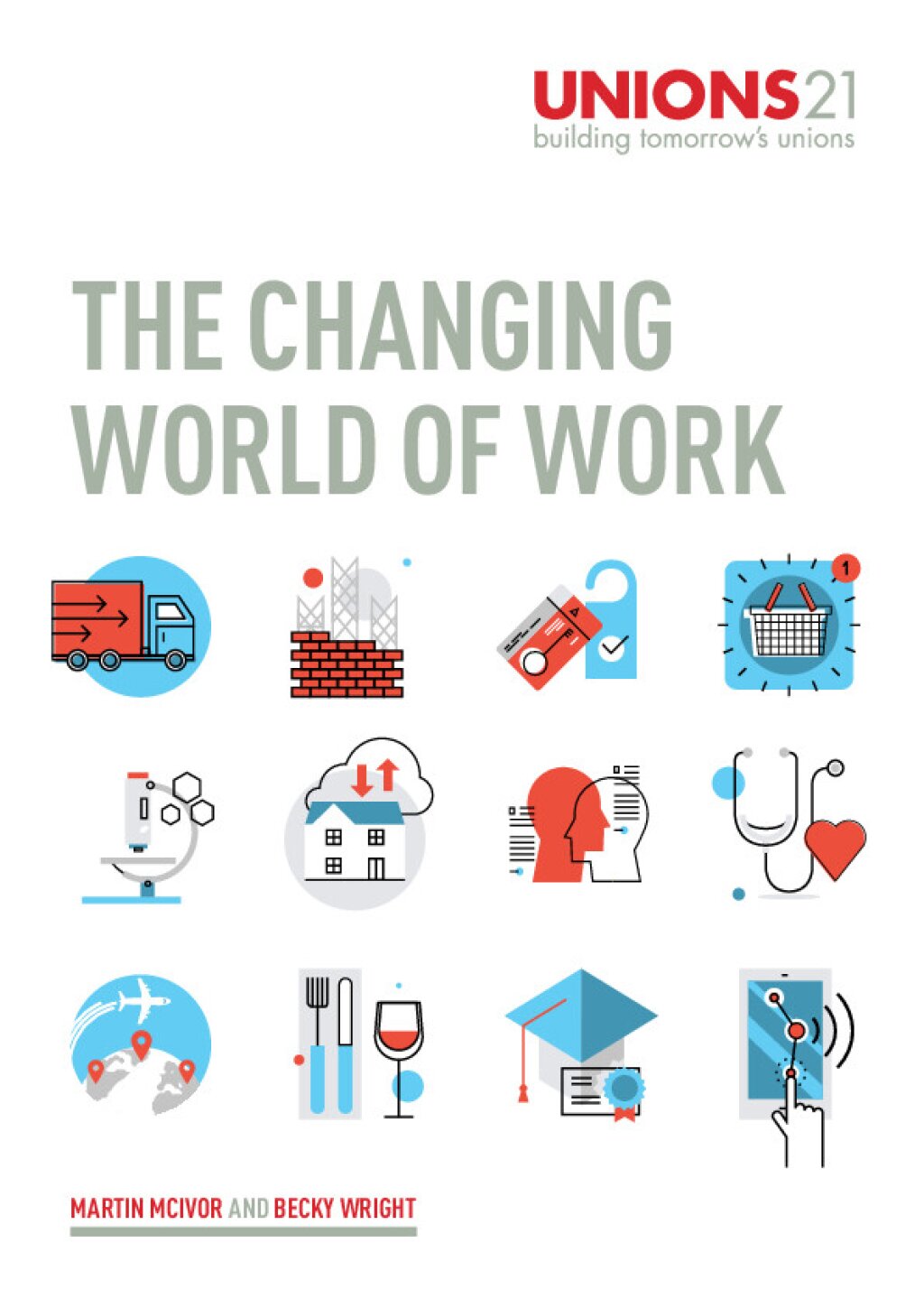By Rhys Martin, Health and Safety Officer Society of Radiographers | 3 min
We know that the health landscape is changing. Martin Furlong’s previous blog for Unions 21 clearly lays out some of the challenges that we will all face in the future. For us, here at the Society of Radiographers (SoR), we have been exploring what this new world means and how it impacts on rep roles.
If you were to picture a typical health and safety rep, who do you see?
There was, and sometimes still is, an issue with perception of the role across the trade union movement. It’s a role for older members, it’s a role that takes secondary place to workplace reps (despite having the best legal rights out of all the rep roles), and it’s a role for men.
Yet at the, we seem to be bucking this trend. In fact, 75% of our health and safety representatives are women and we have ages across the board.
How are we doing this and what can we share with other unions? Are we doing something different that works? Or are we an outlier compared to the rest of our movement?
The answer is probably a mixture of both. As a smaller union alongside a UK professional body, we do have the opportunity to get more involvement from members as they are professionally linked to us through our college, as well as seeing us as their trade union alongside this.
However, we’ve also done targeted work to change the perception of the safety rep, stating the importance of working alongside workplace reps. We’ve made it clear that safety reps can hold management to account on stress (constantly the biggest issue from safety rep surveys in workplaces), can push for action on asbestos removal, support staff around reasonable adjustments/individual risk assessments, demand policy implementation around the menopause and demand testing around ventilation. Members and sometimes reps, don’t always see some of these issues as a safety issue.
That is a key aspect to recruitment and interest. The second is around training.
I became a health and safety representative at the age of 21 and had a superb mentor that supported me. Despite excellent training, I found myself mainly learning off my mentor who would help me put that course knowledge into practice or provide support to me around specific topics. What was missing at the time were the webinars, e-notes and sharing best practice to enable me to check queries around specific safety topics and put together a plan of action in my workplace.
The introduction of the TUC’s e-notes and online learning has elevated training, breaking down topics into specific areas which can be easily related to being back in the workplace. At the SoR we will shortly be creating an eLearning platform and part of that will be e-notes, recorded webinars and short/sharp 90-minute subject specific sessions. Alongside this we have moved our training from residential courses to hybrid which means that members can complete the course using online platforms, but also have the networking aspect regionally and close by to them through trade union colleges. This has worked well with those with caring responsibilities who were sometimes put off by the overnight training aspects.
By implementing these changes, we fully believe we will continue the trend we have shown in the makeup of our health and safety representatives and recruit many new ones across trusts and in private hospitals across the UK which will help us to be prepared for any changes coming up in our sector.


